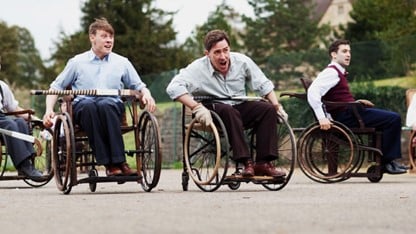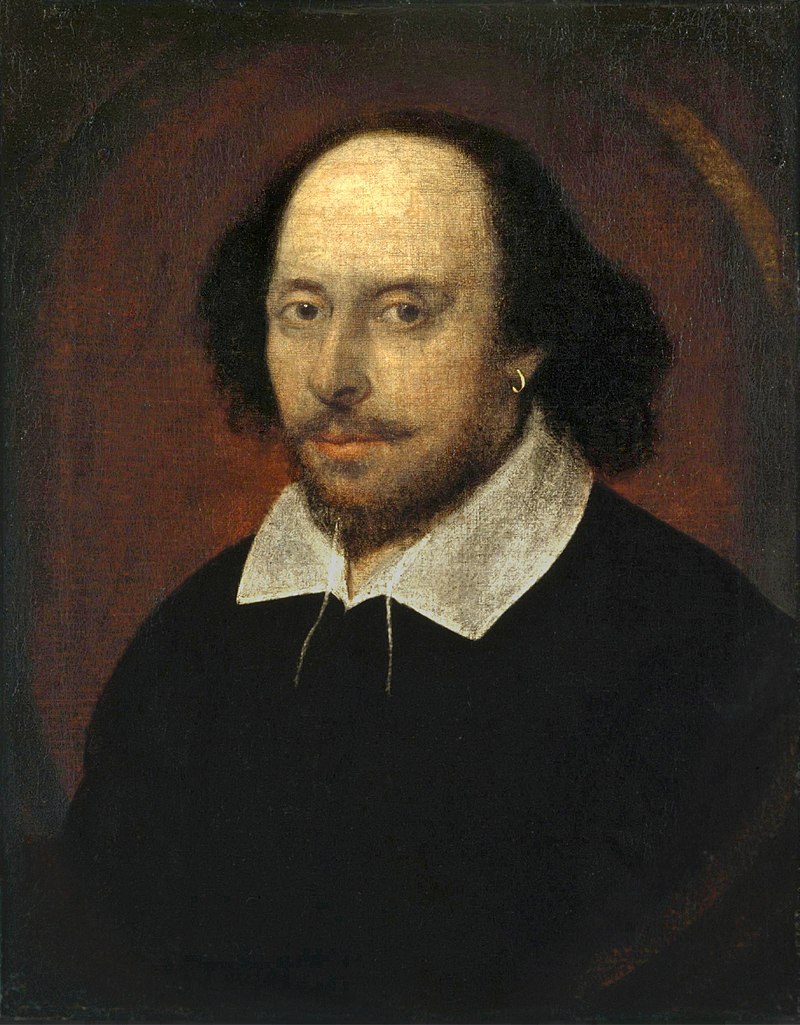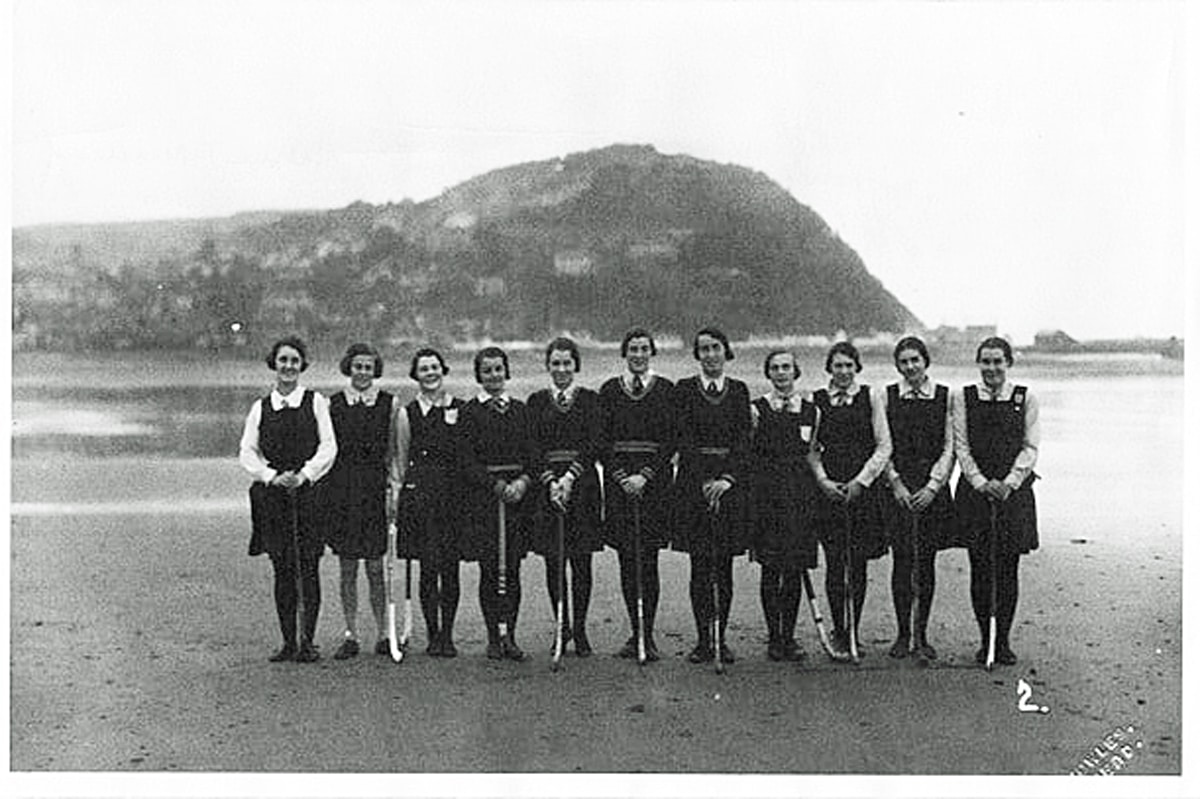A still from the BBC drama, The Best of Men (2011). Credit: BBC.
The earliest recorded wheelchair games in the United Kingdom (UK) took place as part of the sports day for staff and patients held at the Royal Star and Garter home in Richmond, Surrey, in 1923. Paraplegic ex-servicemen participated in an obstacle ‘zig zag’ race and also competed at bowls. However, it was at Stoke Mandeville in Aylesbury, Buckinghamshire that the first established wheelchair games began.
In 1943, Dr Ludwig Guttmann, who had fled Nazi Germany, was asked by the Government to establish a Spinal Injuries Unit at the Emergency Medical Services Hospital at Stoke Mandeville to treat soldiers and civilians injured during World War 2. Dr Guttmann introduced the idea of rehabilitation and physiotherapy as medical treatment. He believed that rehabilitation should include sport, which improved mental well-being as well as physical strength. The first sport was a hybrid form of wheelchair polo and hockey, first played informally on the ward against the physiotherapists before evolving into a proper team game.
Joan Scruton, administrator at the hospital, later recalled:
“Surveying the carnage after a particularly boisterous match, Dr.Guttmann decided that polo [aka wheelchair hockey] should give way to netball and later to basket ball.”
Those early days were dramatised in the BBC film, The Best of Men (2011), still available to rent on various platforms, including Amazon Prime and YouTube.
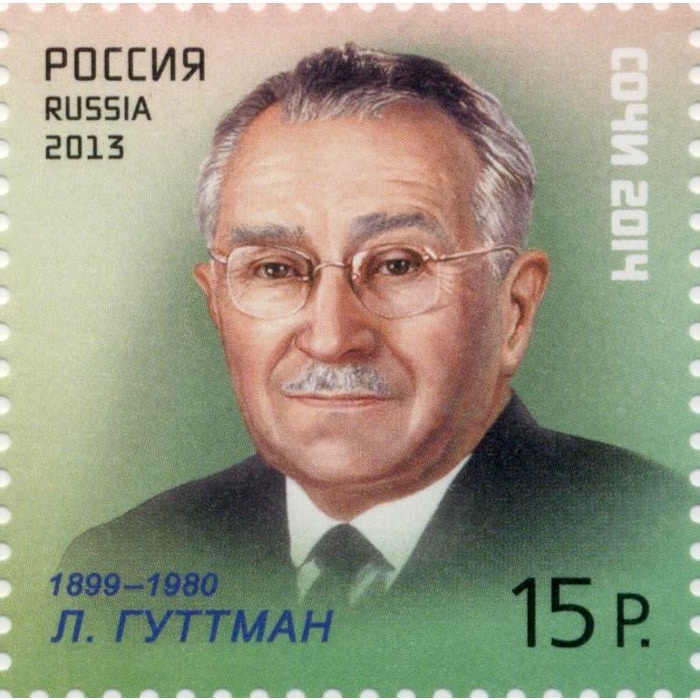
Dr Ludwig Guttmann depicted on a 2013 Russian stamp from the series “Sports Legends”.
Wikimedia Commons: public domain.
Five years later, on 29 July 1948, Dr Guttmann organised an archery competition at the hospital to coincide with the opening ceremony of the Olympic Games in London. Following the success of the event, he decided to make an annual spectacle of the ‘Grand Festival of Paraplegic Sport’ which soon became the Stoke Mandeville Games. Successive Games added more teams and more sports; in 1949 six teams competed and ‘wheelchair netball’ (later wheelchair basketball) was introduced.
Dr Guttmann’s creation of the Stoke Mandeville Games in 1948 was the moment that the Paralympic movement was born. Over the years, as word spread around different spinal hospitals in the country, more participants took part and the number of sports on offer increased.
The first international competition at Stoke Mandeville occurred in the summer of 1952 between a small team from the Netherlands and several British teams. By 1956 there were 18 different nations participating in what was a forerunner of today’s Paralympic Games.
By 1960 the possibility of holding the Games outside Britain for the first time, and somewhere other than Stoke Mandeville, was discussed. As the Olympic Games were being held in Rome that year, Dr Guttmann saw no reason why the International Stoke Mandeville Games could not be held there too. Now considered the first ‘Paralympic Games’, they were held for the first time in Olympic venues just one week after the XVII Olympic Games ended in Rome on 11 September 1960. 400 athletes representing 23 nations assembled for the first overseas International Stoke Mandeville Games. In Rome, athletes shared the same accommodation and venues as their Olympic counterparts. A precedent had been set.
In 1989 the International Paralympic Committee was established and took over the responsibility of co-ordinating Paralympic Games from previous organisers such as the International Stoke Mandeville Games Federation.
Contemporary disability hockey
Since those early days at Stoke Mandeville, there have been several attempts in the United Kingdom and overseas to create opportunities for people living with disabilities to play hockey. “Parahockey” is the International Hockey Federation’s (FIH) global term for hockey formats designed specifically to support individuals with an impairment, including Intellectual, Physical, Visual and wheelchair based.
One noteworthy example of wheelchair hockey is Zone Hockey, a game initially developed by Doug Williamson, visiting Fellow at Nottingham Trent University, and Sue Sutton. Zone Hockey is no longer played, yet it is a type of hockey inclusive of wider and more varied disabilities than its Stoke Mandeville ancestor. In Zone Hockey, players are divided into divisions and classes: Division A players are those with limited mobility in which stick manipulation and balance may be challenging e.g. the use of electric wheelchairs. Division B (dynamic group) are for those in manual wheelchairs and involves players with a wider range of abilities. Division C involves a mixed format which combines both A and B divisions and is best used in school groups where limited players are available.
The pitch is a minimum of 30m x 20m and is divided into 4 types of zones (see diagram 1). The central zone is half the width of the pitch and the wing zones are just a quarter of the width with two goalkeeping zones at either end of the central zone.
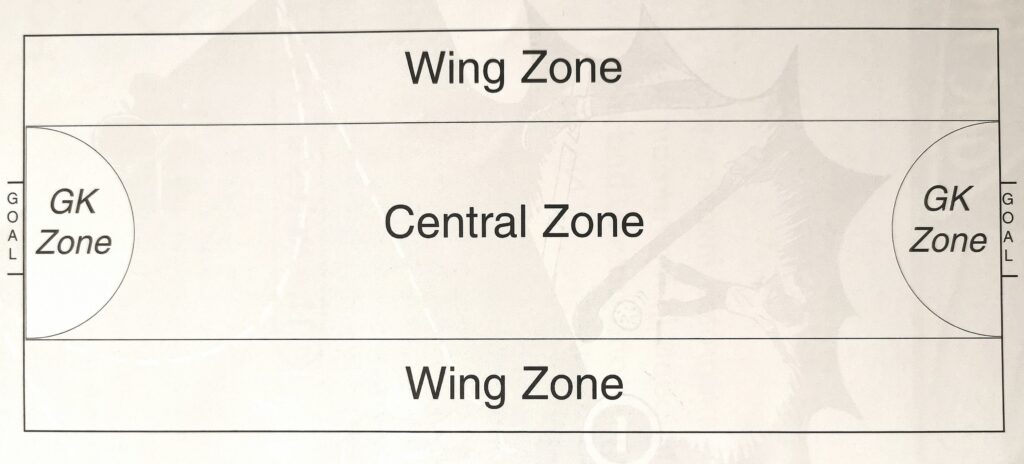
Diagram 1: layout of a Zone Hockey pitch. From The Hockey Museum collection.
Two players from each side use the central zone and one player from each side is assigned to each wing zone with the addition of goalkeepers. No one may play a ball outside of their own zone. Zone Hockey sticks are made of light-weight plastic and ‘T’ bar sticks, used in Division A Zone Hockey, can be attached to wheelchairs and walking aids if needed. An 8-12cm airflow ball is used. Similar disabilities are matched in each zone by classes within the divisions and, if required, a chair pusher may be utilised. Practice games (see diagram 2) may make the game even more accessible to a wide range of disabilities.
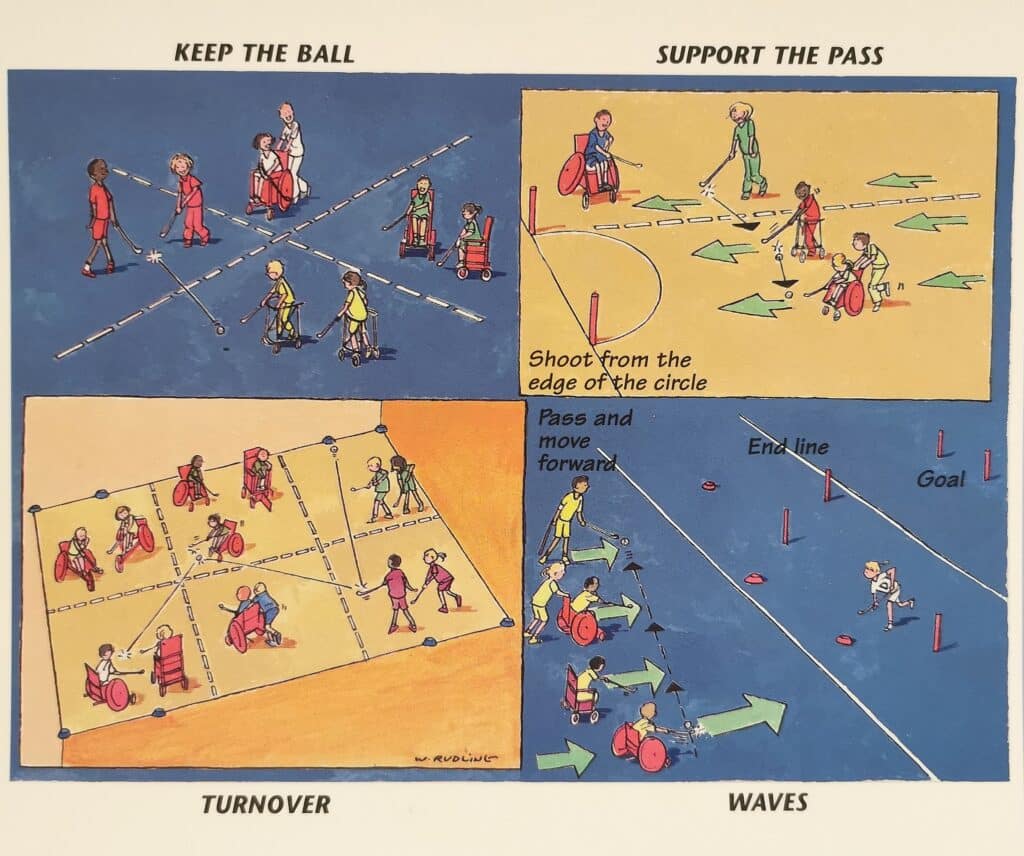
Diagram 2: Zone Hockey practice games. From The Hockey Museum collection.
Discover the rules of Zone Hockey in full: Zone Hockey | Nottingham Trent University

Zone hockey equipment from The Hockey Museum collection, donated by Doug Williamson.
Another contemporary version of wheelchair hockey is Power Hockey. This is designed for electric wheelchairs and played internationally. It is unlikely to be selected for the Paralympic Games as the price of the chairs limits accessibility.
Power hockey – a triumph for all | Sport England
In England, wheelchair hockey can currently (as of 2024) be played in mixed-ability teams through England Hockey’s Flyerz Hockey initiative at school and club level. Flyerz Hockey accommodates a wider range of disabilities including wheelchairs and is gender neutral. It creates an inclusive, grassroots environment for participants living with Physical and Intellectual disabilities as well as their families.
Steven Bradley is the head coach of England and Great Britain’s Intellectual Disability hockey team (Hockey ID). He has guided his teams to success at European Championships and at the Special Olympics which adopted Hockey ID in 2023. Listen to Steven’s oral history interview in which he discusses his personal journey within hockey and talks about his passion for improving access to the sport. Steven’s interview is an example of the THM’s collecting that extends beyond acquiring historical items to also capture meaningful contemporary material – the tangible and intangible heritage of tomorrow.
Listen: Oral History Interview: Steven Bradley | The Hockey Museum
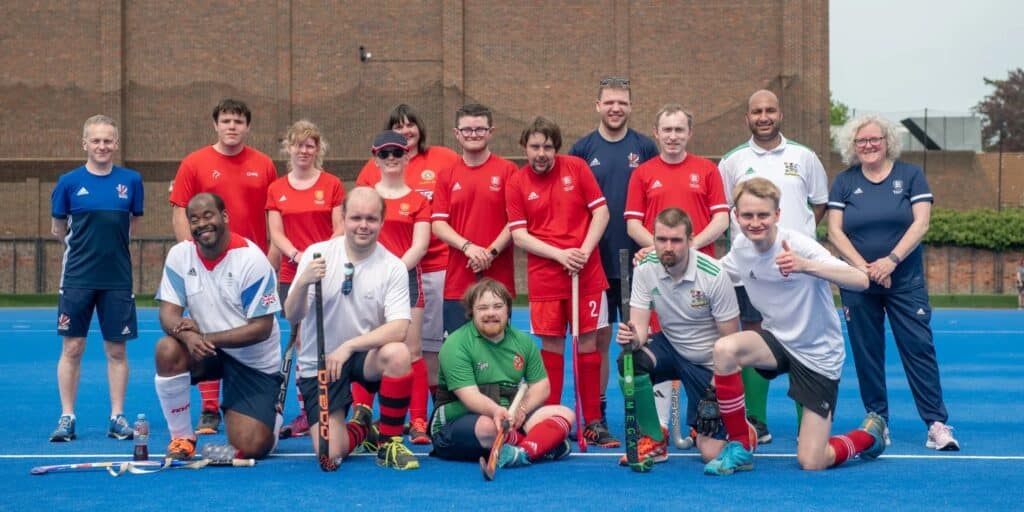
The Great Britain Hockey ID team from the Special Olympics, 2023. Steven Bradley is standing far left wearing all blue.

